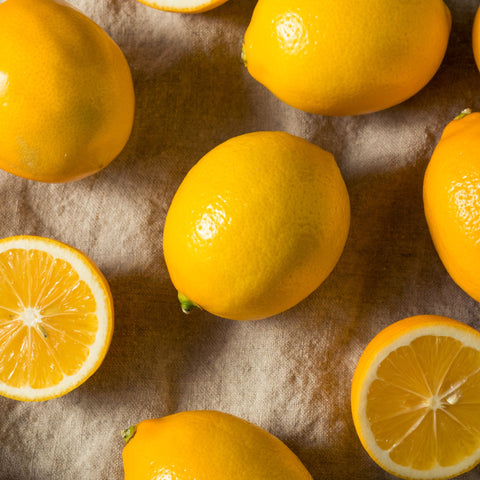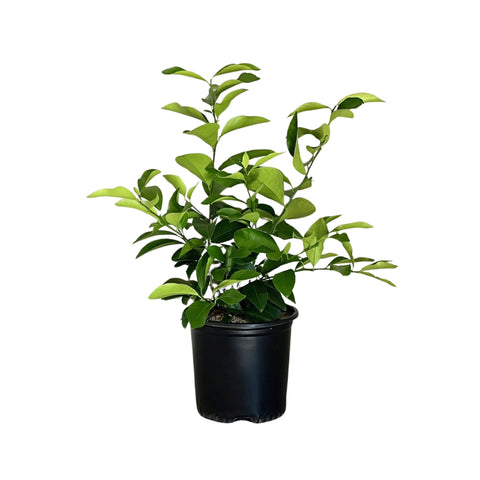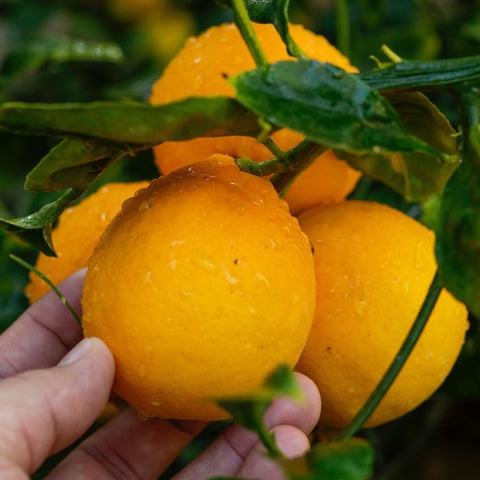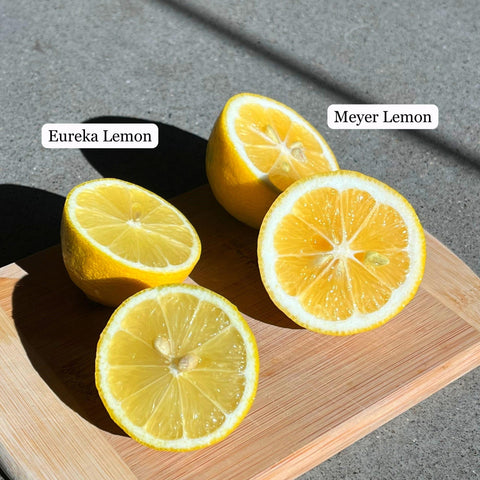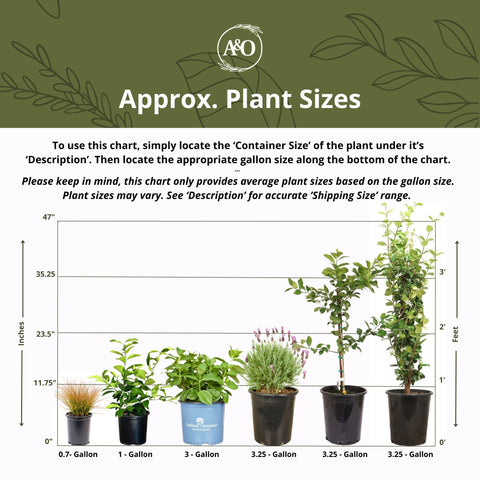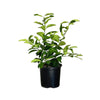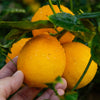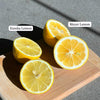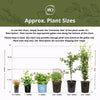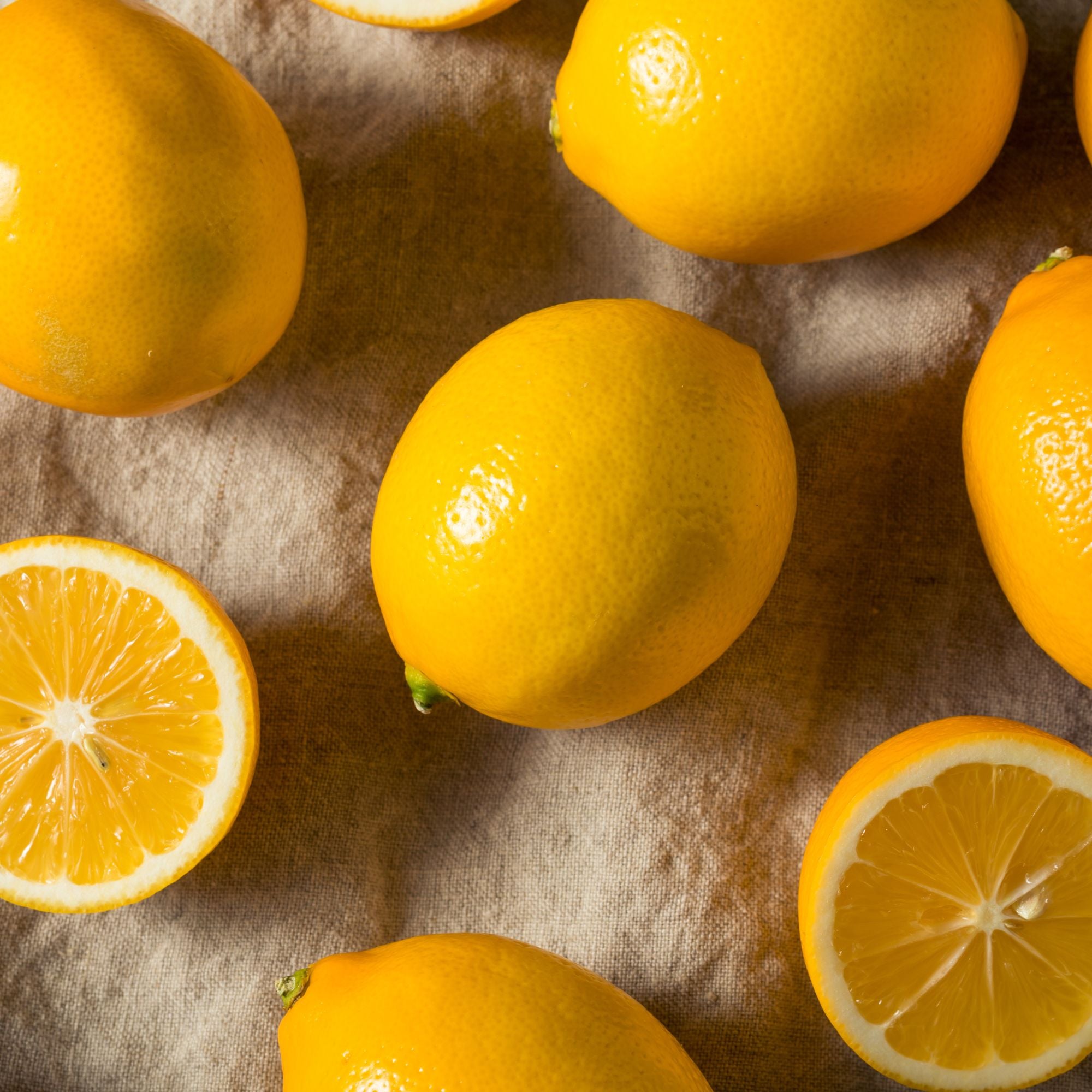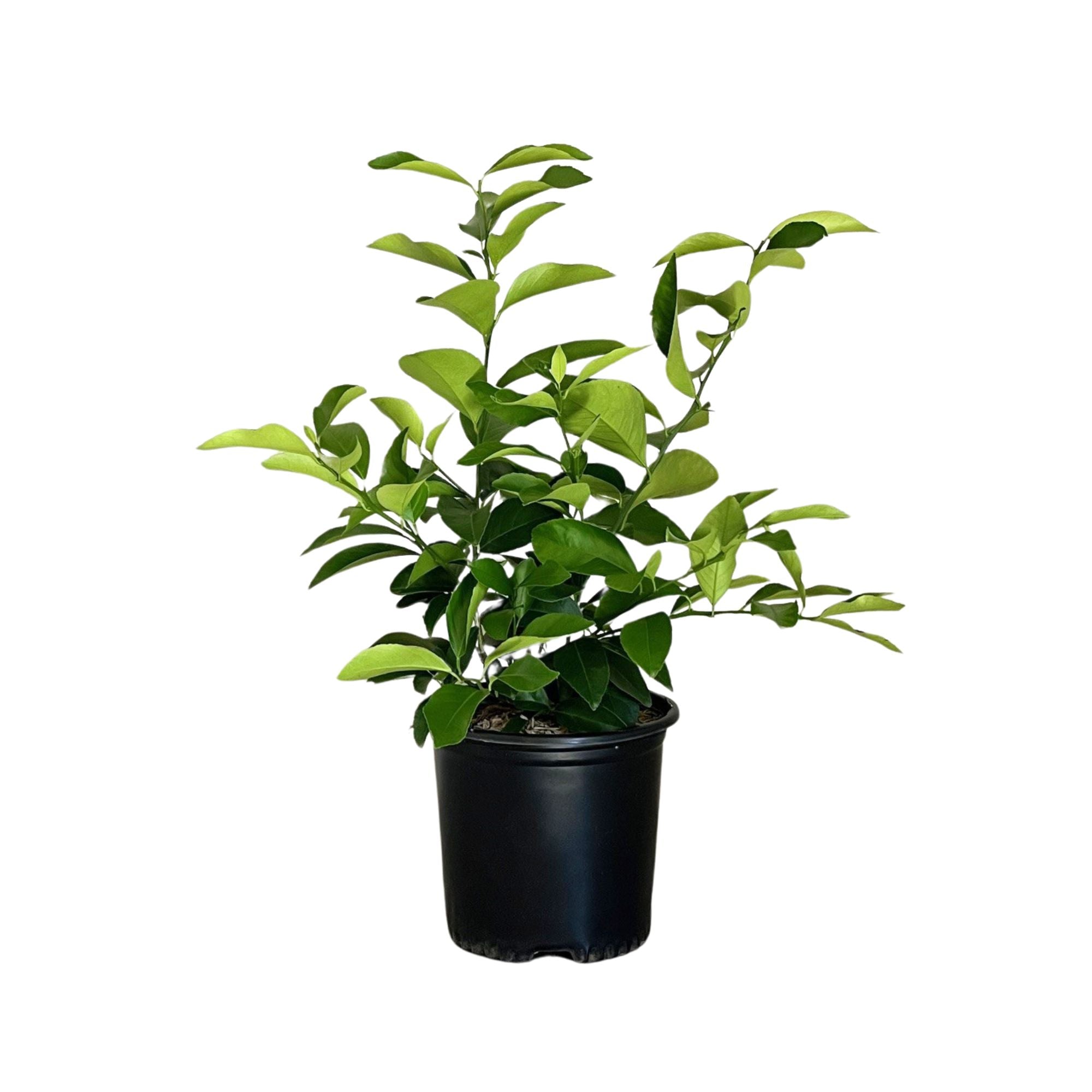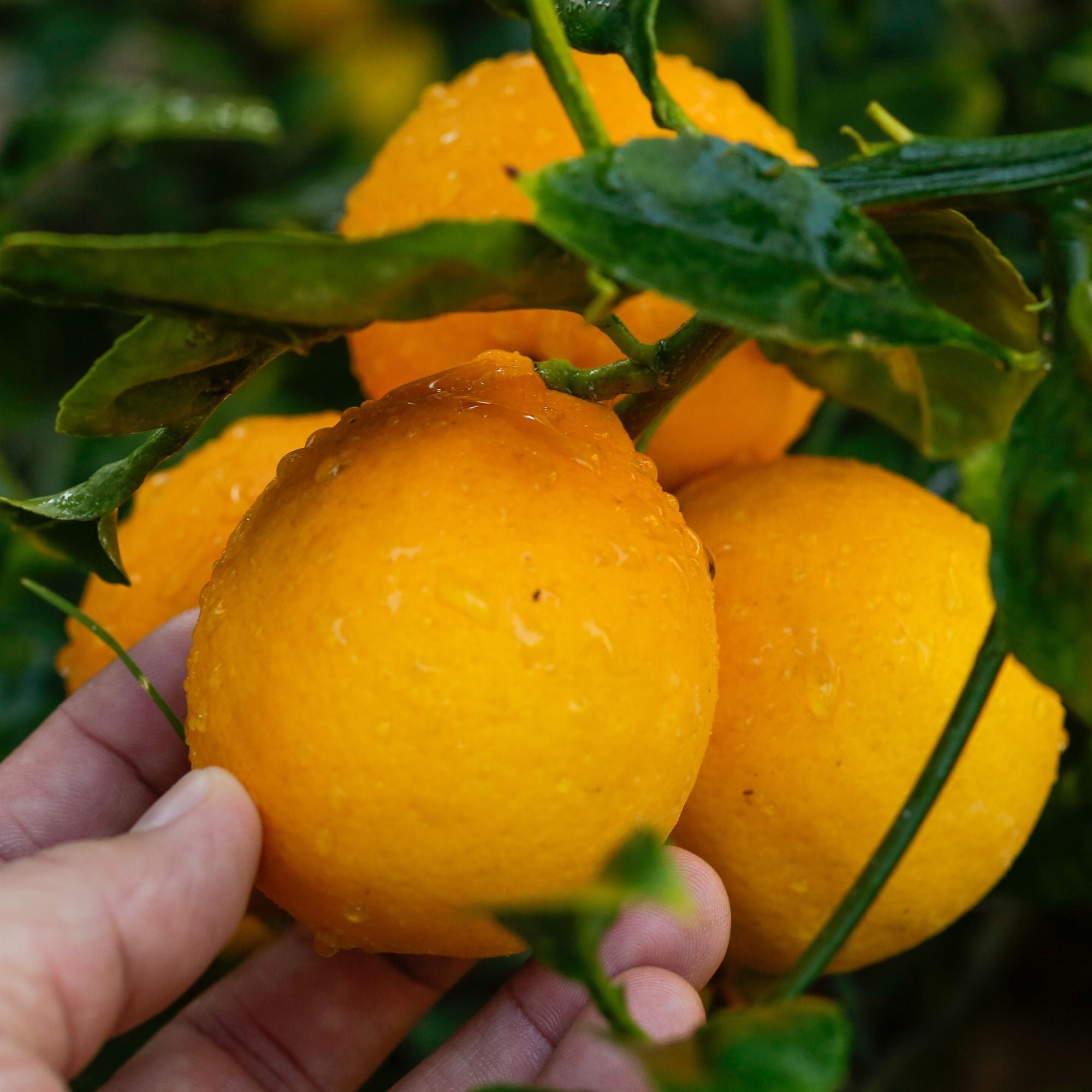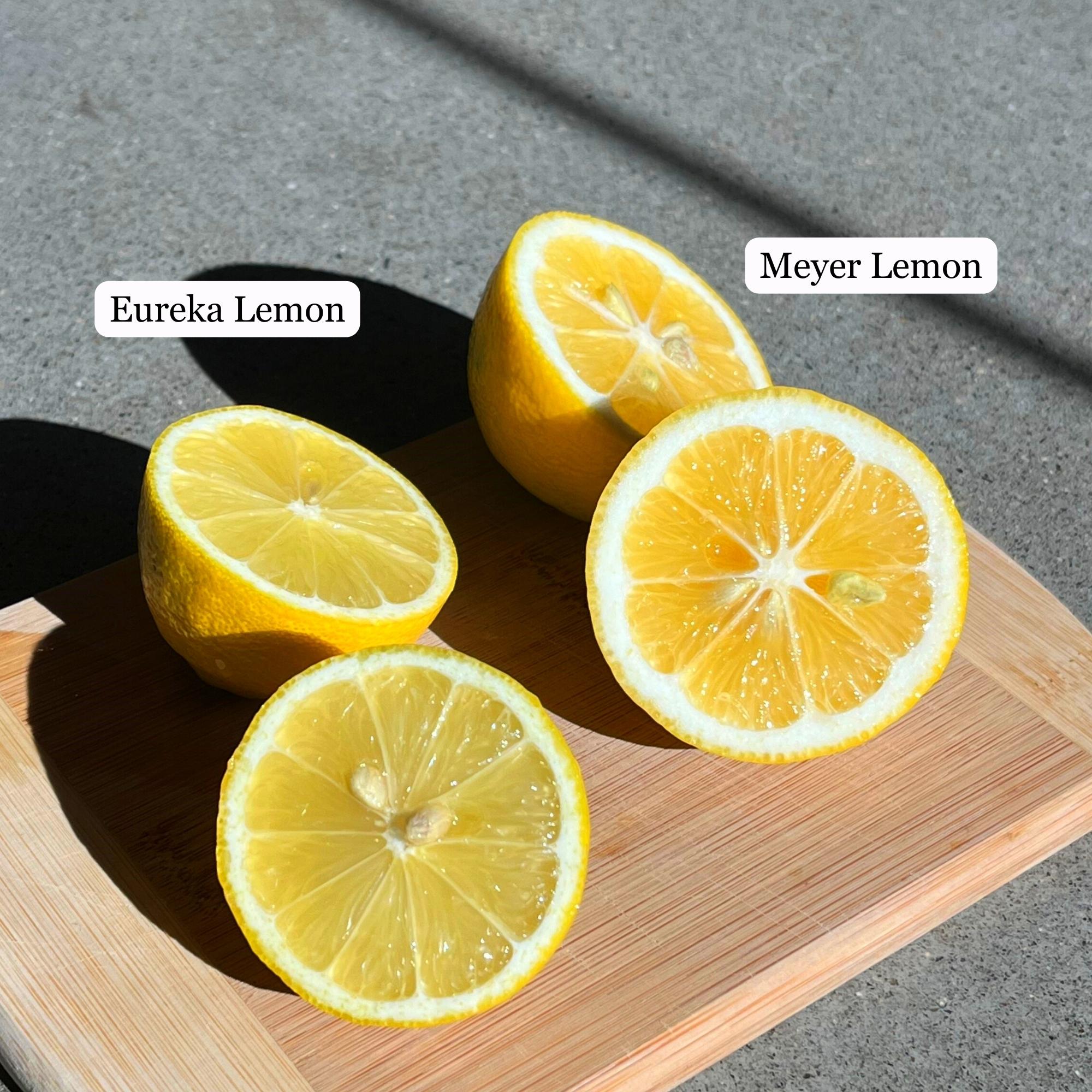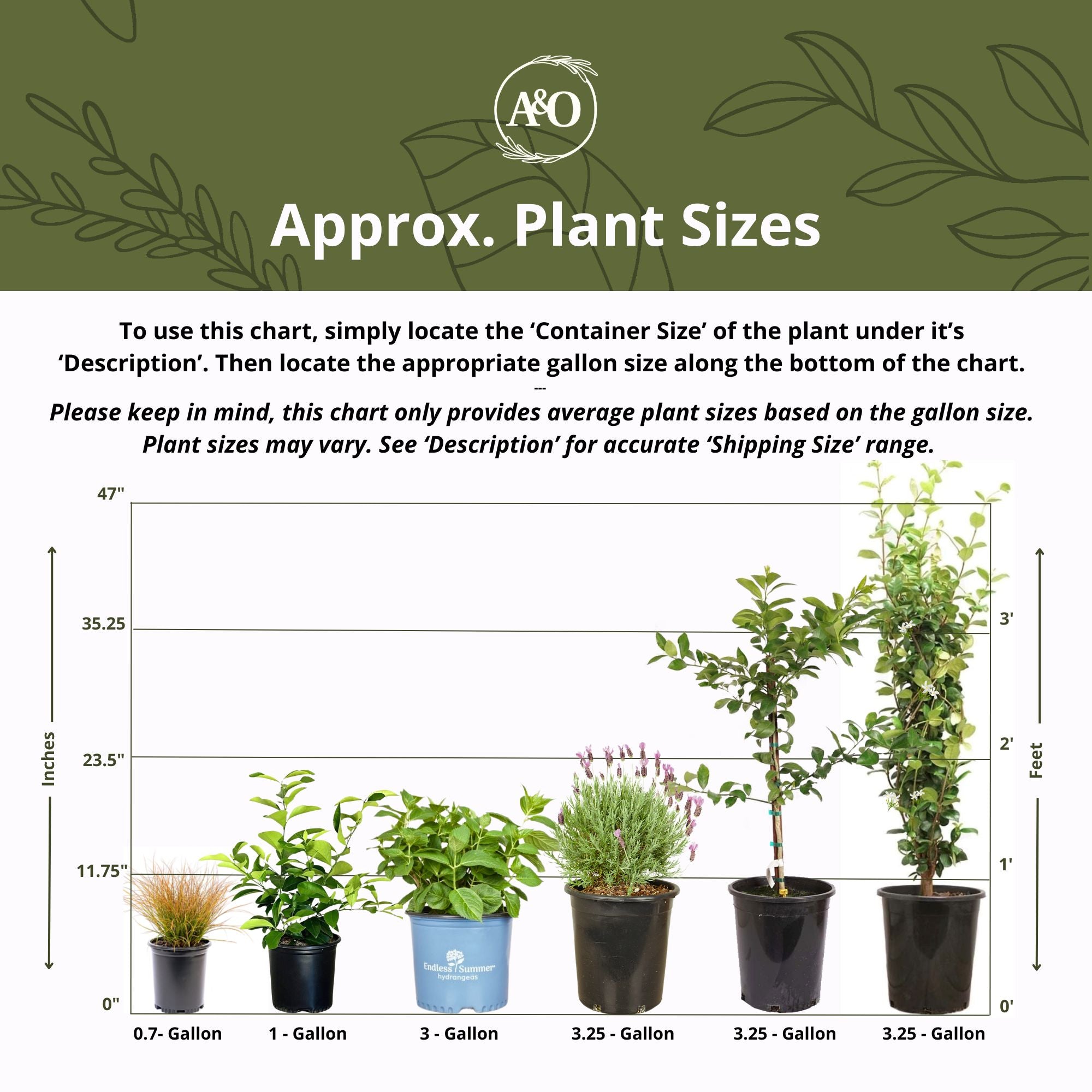Meyer Lemon Semi-Dwarf Tree
Improved Meyer Lemon trees are California's favorite lemon tree! Grow your own lemons by adding this petite tree to your edible landscape. Enjoy evergreen foliage all year round and enjoy their juicy fruit in winter. Meyer Lemons are used widely for baking, seasoning and marinades. Can be grown in a pot!
- Botanical Name: Citrus × meyeri
- Plant Type: Evergreen Citrus
- Age: 1 year
- Years from Fruiting: 3-4 years
- Light Needs: Full Sun
- Mature Height & Width: 6-12' Tall/Wide
- Growing Zones: 8 - 11
Costco Price
$64.99
$64.99
Description
Details
Care
Growing Zones
Description
- Foliage Color: Green
- Harvest Season: Winter
- Garden Style: Edible Landscape, Kitchen Garden, Cottage Garden
- Attracts: Bees, Pollinators
- Care: Meyer Lemon Tree thrive in well-drained soil, full sun, and moderate watering.
- Container Size: 1 Gallon
- Shipping Size: 5-10" | 12.7 - 25.4 cm (excluding pot)
Details
| Water Needs | Moderate |
| Light Needs | Full Sun |
| Growth Habit | Upright |
| Box Dimensions | 36" × 10" × 10" | 91.4 × 25.4 × 25.4cm |
| Item Weight | 15 lbs |
Plant Care
- Soil Type: Meyer Lemon Trees prefer rich, moist, well-drained soil.
- Sunlight Needs: Provide full sun
- Water Needs: Keep the soil moist but not soggy, and avoid standing water.
- Fertilize: Fertilize regularly with high-nitrogen fertilizer specially formulated for Citrus Trees
- Plant Spacing: Plant at least 12 feet apart.
Growing Zones: 9 - 11
Your Growing Zone is important because it will help you determine which plants thrive in your areas climate conditions.
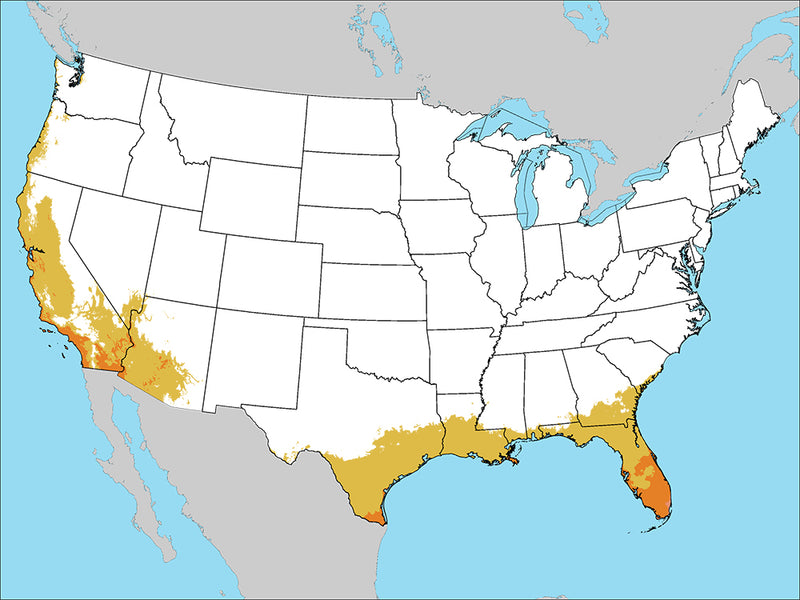
USDA Plant Hardiness Zone Map, 2023. Agricultural Research Service, U.S. Department of Agriculture. Accessed from planthardiness.ars.usda.gov



